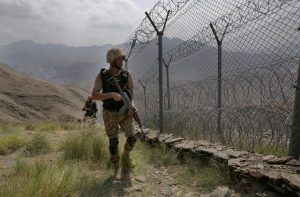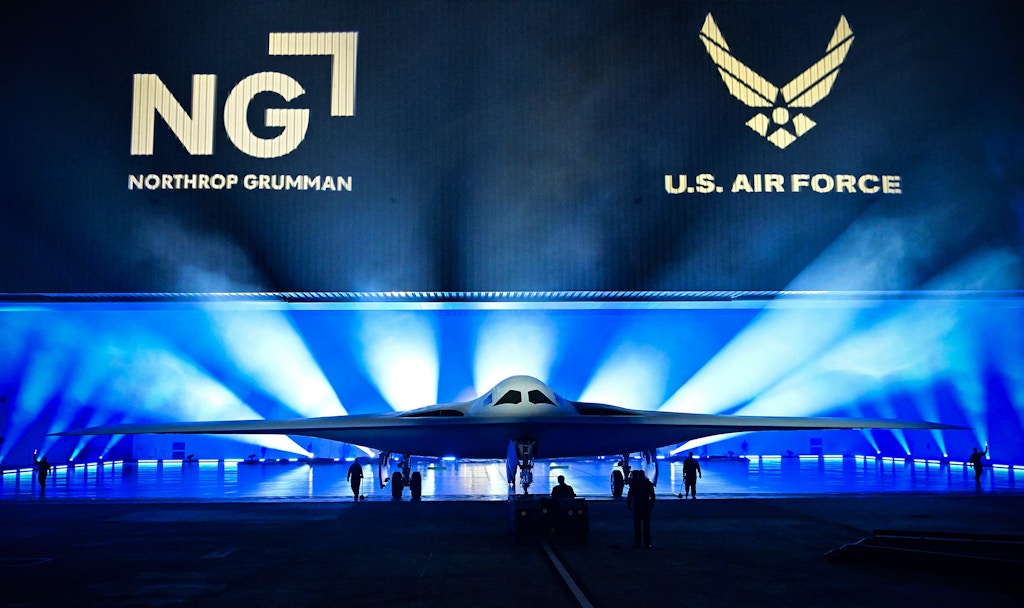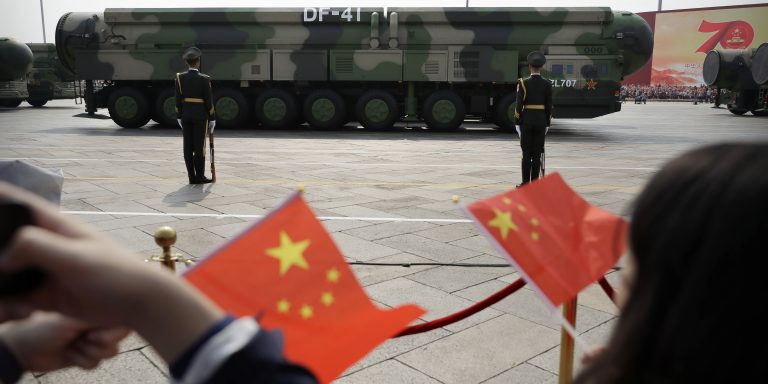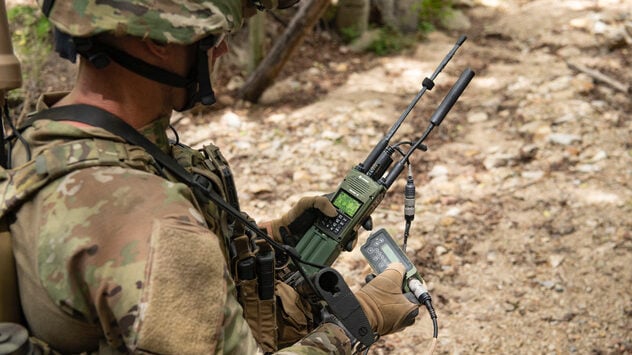Joe Wallen
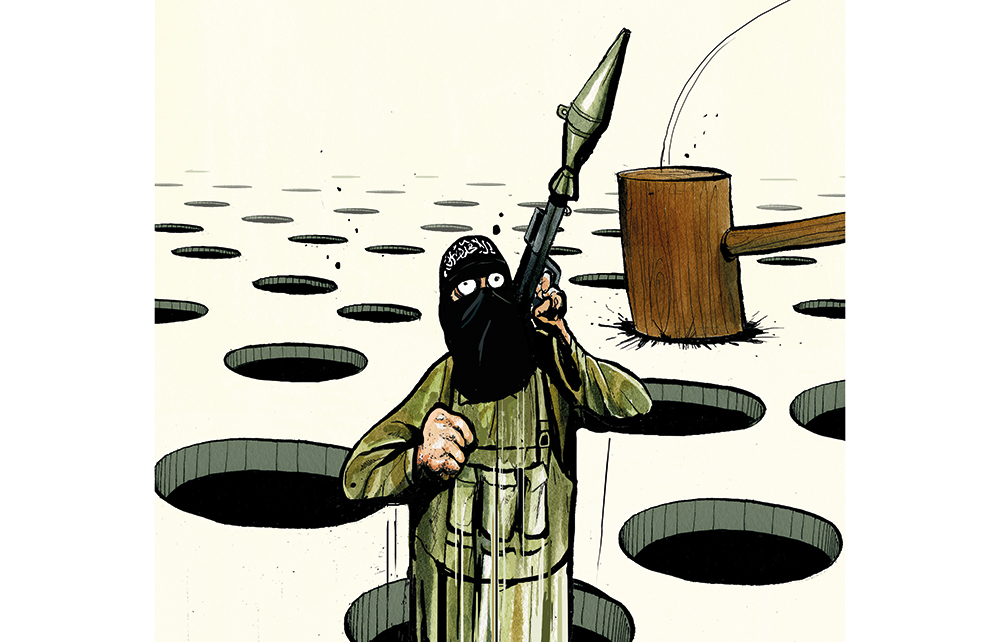
An insurgency has once again started in Afghanistan – and this time, the Taliban is the target. Since the Americans left Kabul last year, high-profile Taliban figures have been the victims of 220 remote explosive and suicide attacks, one of which took place the day before I arrived in the capital in October. A suicide bomber somehow managed to strike in a mosque inside Afghanistan’s Interior Ministry, which is responsible for security and law enforcement in the country. It was the type of attack that should have been impossible to carry out. Four people were killed and two dozen wounded. They were the latest victims of a war between the Taliban and Isis.
Isis and the Taliban both follow variations of jihadist Sunni Islam, but they are ideological enemies. The Taliban’s beliefs are drawn from the Deobandi branch of Islam – which is less extreme than the Wahhabi-Salafist form of Islam practised by Isis (and also by al Qaeda). Many of the Taliban’s beliefs come not only from Sunni Islam but also the traditional Pashtun tribal way of life in Afghanistan. Isis’s jihadi-Salafism places greater emphasis on the ‘purity’ of anti-idolatry than the Taliban. Crucially, the two groups also disagree over nationalism: Isis rejects it, which runs counter to the Afghan Taliban’s aims of ruling Afghanistan.

